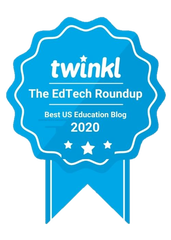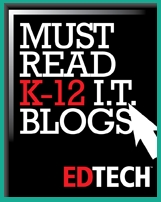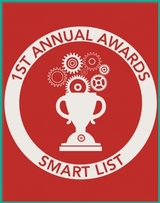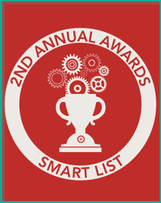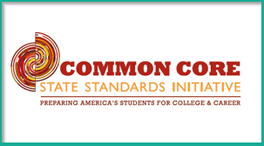
As technology becomes more prevalent in US classrooms, tablets are often used to facilitate in-class reading time. At the same time, tablets are also becoming commonplace in students’ home.
This raises the question for parents and teachers, alike: How do I choose the best children’s reading app? With so many available, how do you determine what qualities to look for when choosing an app for reading at school and at home?
1. Accurate reading levels
In order to avoid reading frustration and ensure that students are reading at the appropriate level to strengthen reading skills, reading apps must provide familiar and accurate reading levels. When reviewing apps, make sure that reading levels are determined through Lexile scores and are aligned with expectations set forth by the Common Core State Standards.
2. A balanced representation of genres
The Common Core State Standards suggest that by Grade 4, 50% of student reading should be in Informational Texts. For younger students to be prepared for this demand, exposure to fact-based text is vital. When reviewing apps, make sure libraries include not only fiction and poetry, but informational texts, too. There should be adequate coverage of science, technology, history, social science, and biographies.
3. Assessment
Common Core State Standard compliance requires multiple forms of assessment, which are key to measuring both growth and proficiency. Students must display deep understanding of every text they read in order to be successfully aligned to grade-level expectations. When reviewing apps, make sure each text provides some sort of assessment piece that is tied to that text. Look for discussion questions, multiple choice items, or interactive content that mimics the technology enhanced items found in Common Core-aligned assessments produced by SBAC, PARCC, and the NWEA MAP test.
There is nothing more thrilling to a tech-savvy teacher than receiving the modern tools needed to ensure students are well prepared for the ever-changing, ever-expanding world that lies beyond the classroom walls. And, there may be nothing more daunting than finding the best apps to populate those tools. Parents also look to teachers for advice on how to continue learning at home. For reading instruction and support that aligns to the Common Core State Standards, following this set of criterion should help make the process more efficient and, ultimately, successful.

Deborah Neisuler is an EdTech Literacy professional with over 10 years of non-profit education assessment experience and a former elementary school reading teacher. She is currently an Early Literacy Expert & Senior Story Producer at FarFaria.






